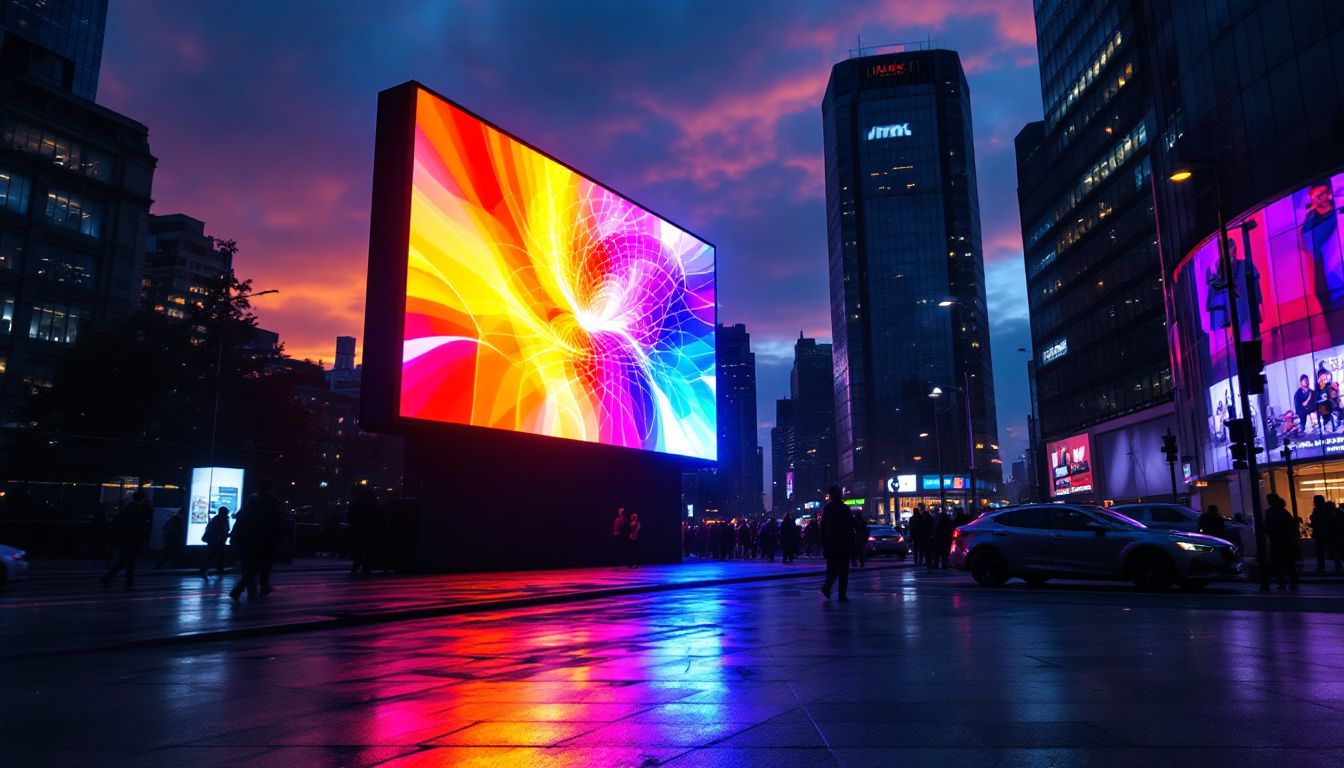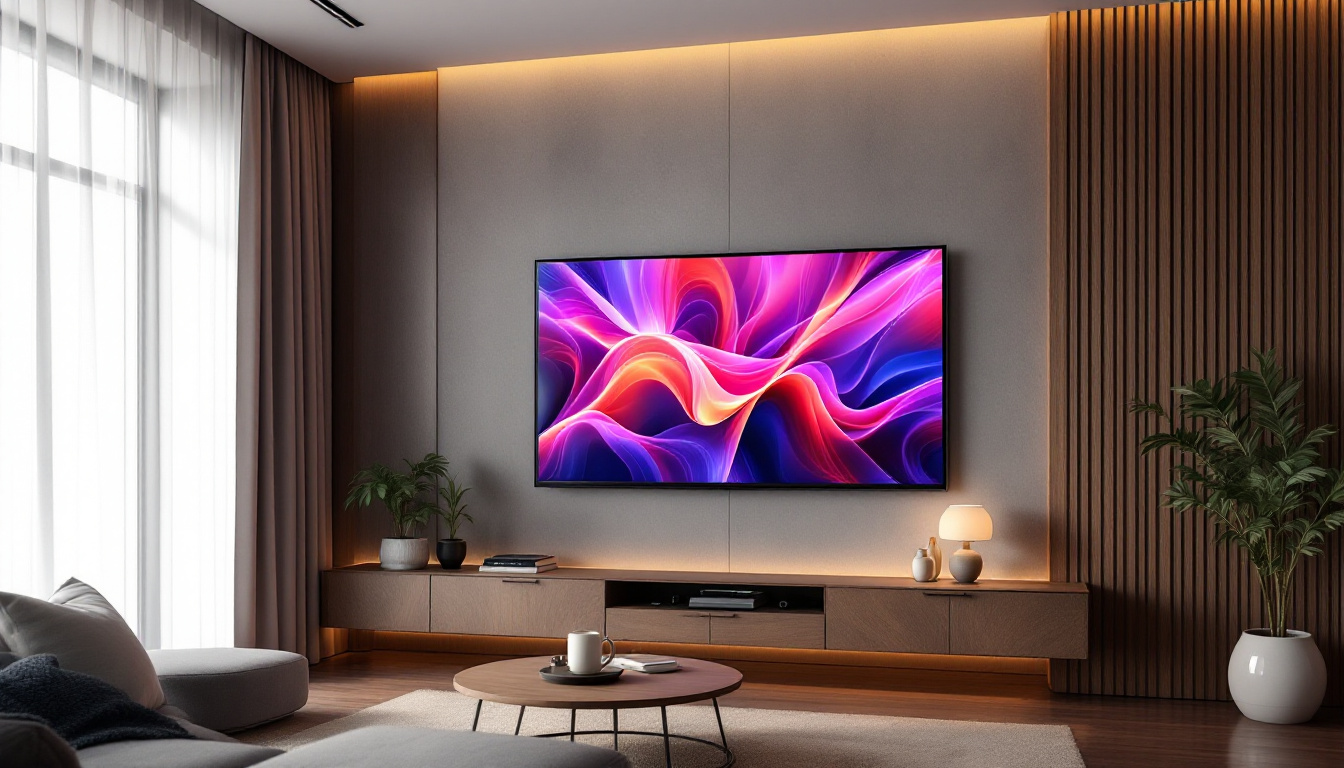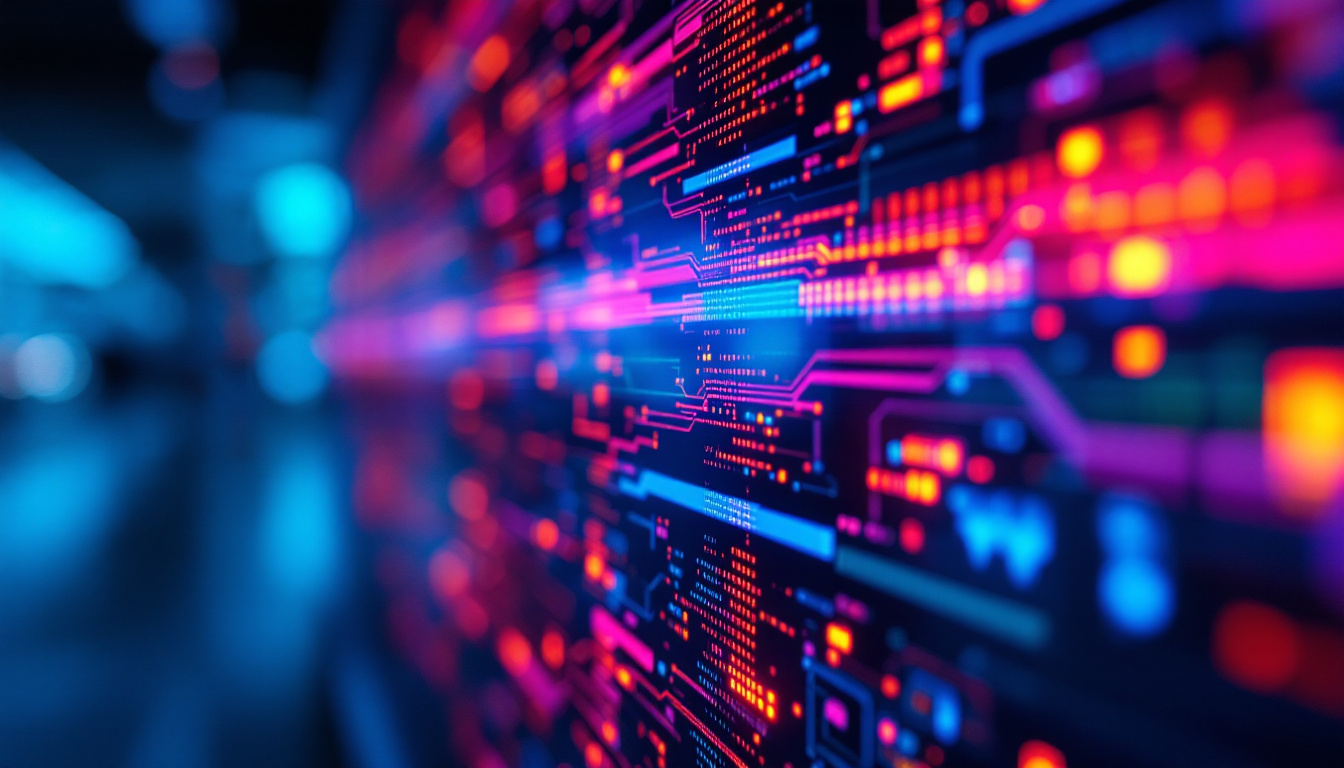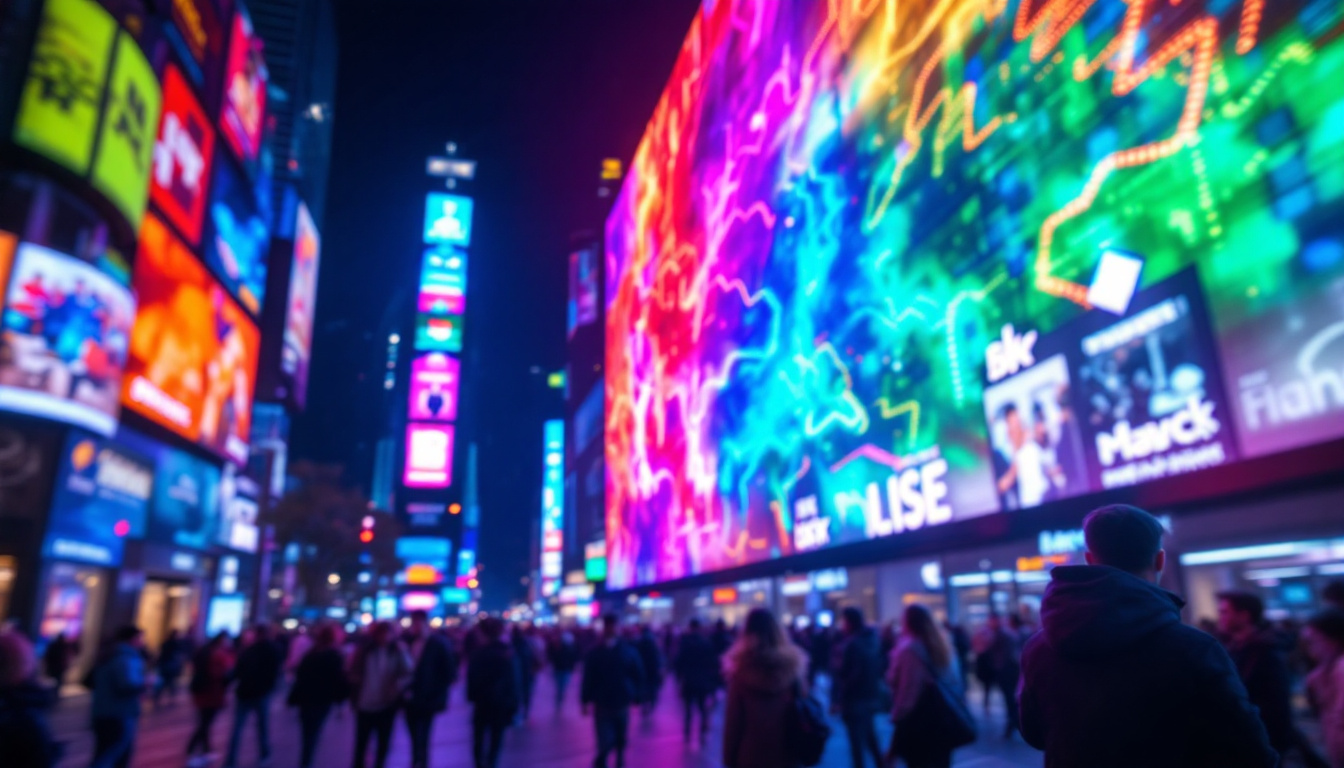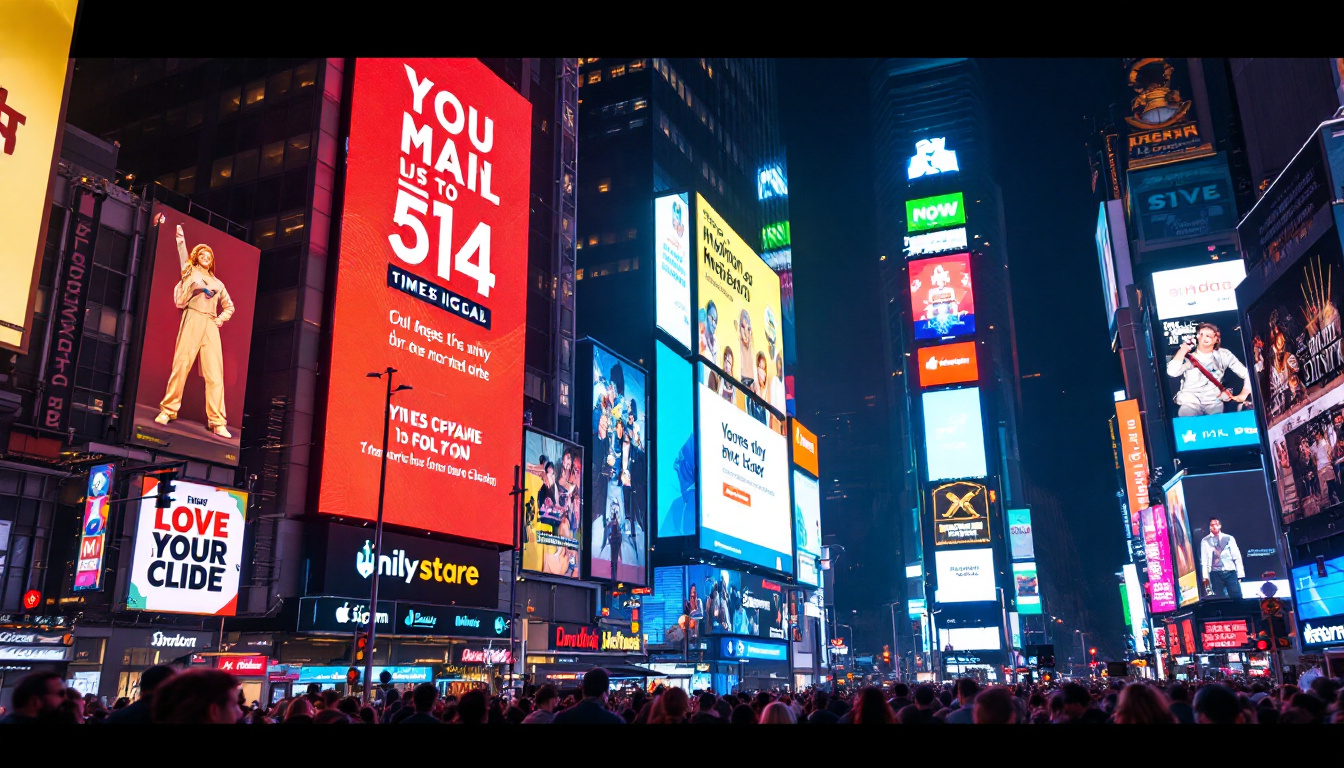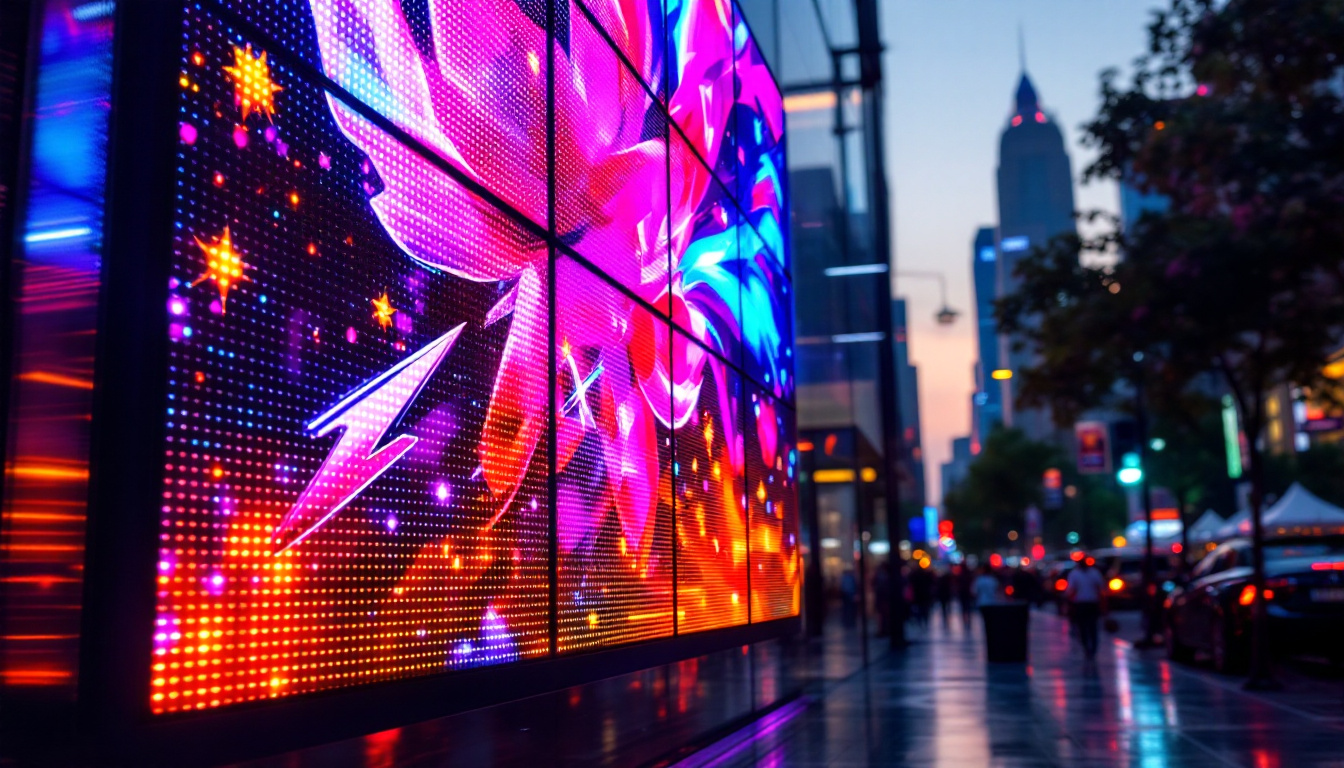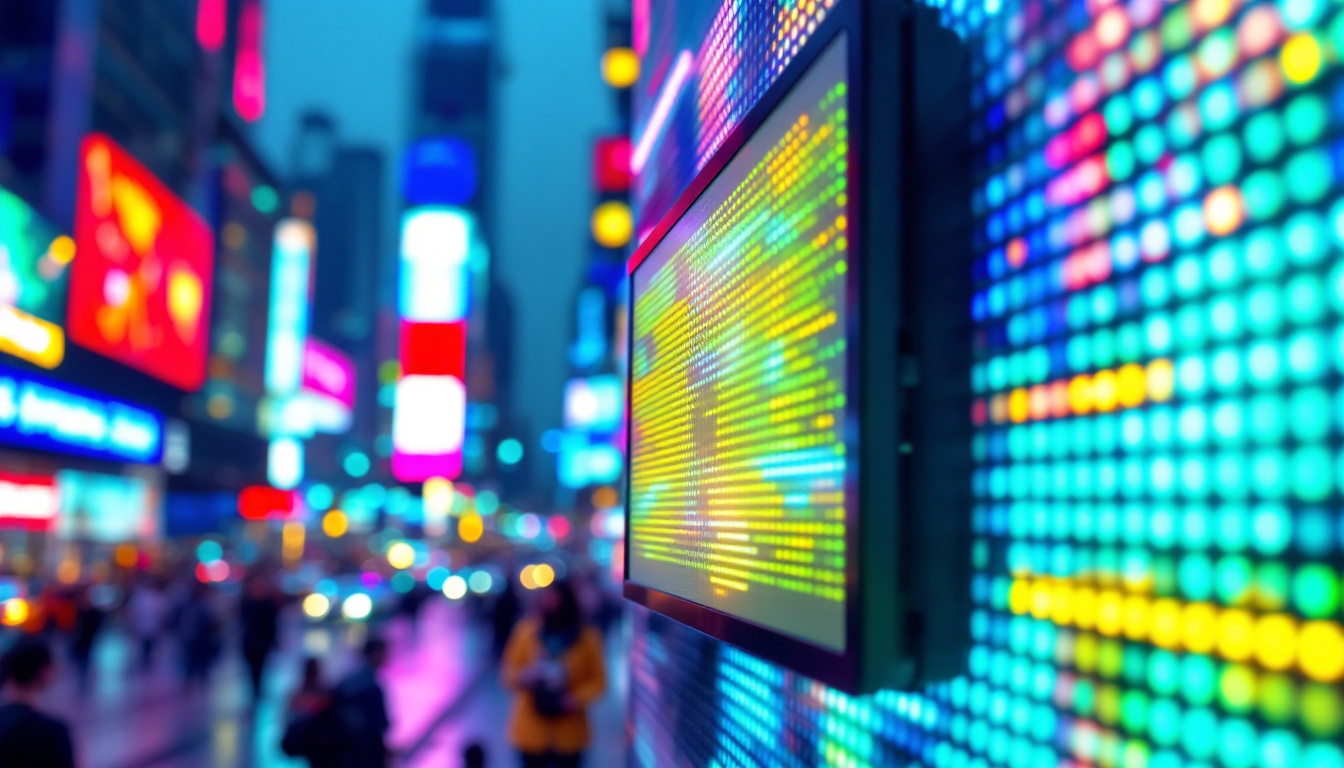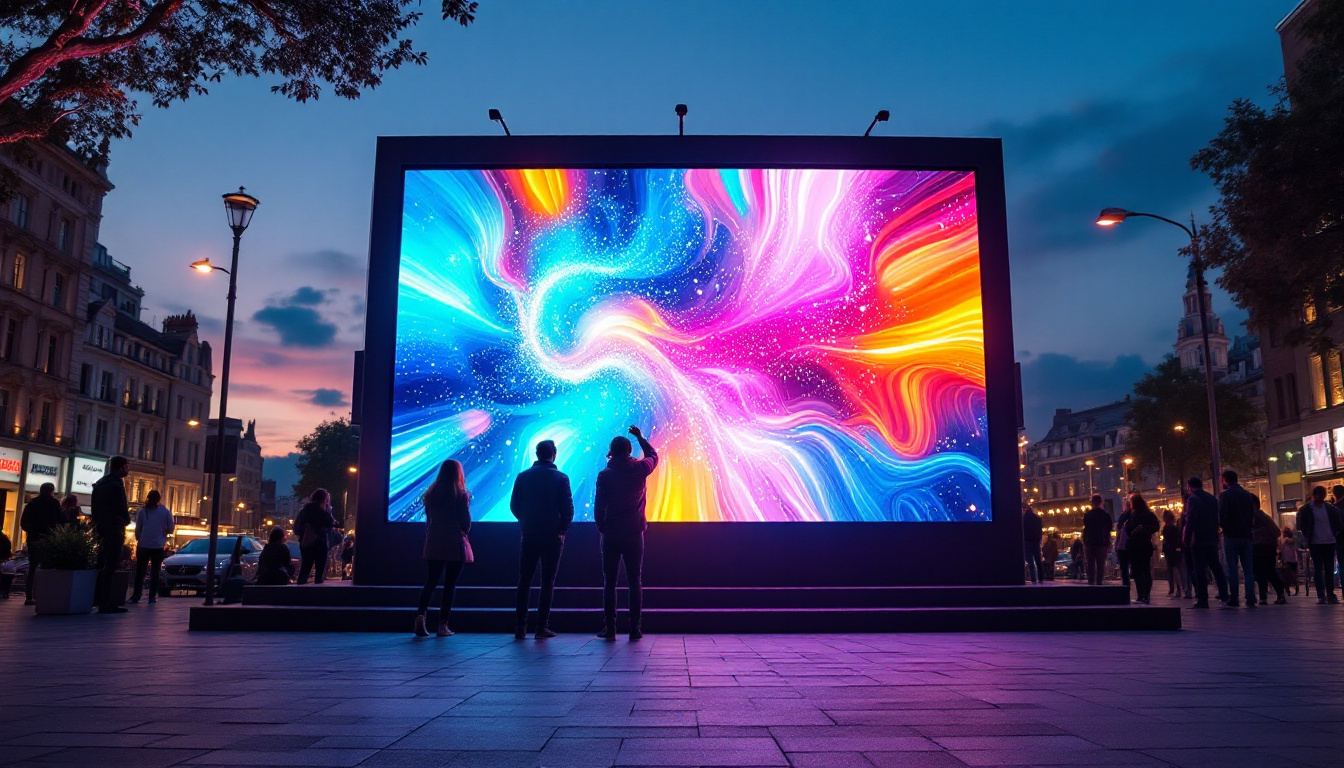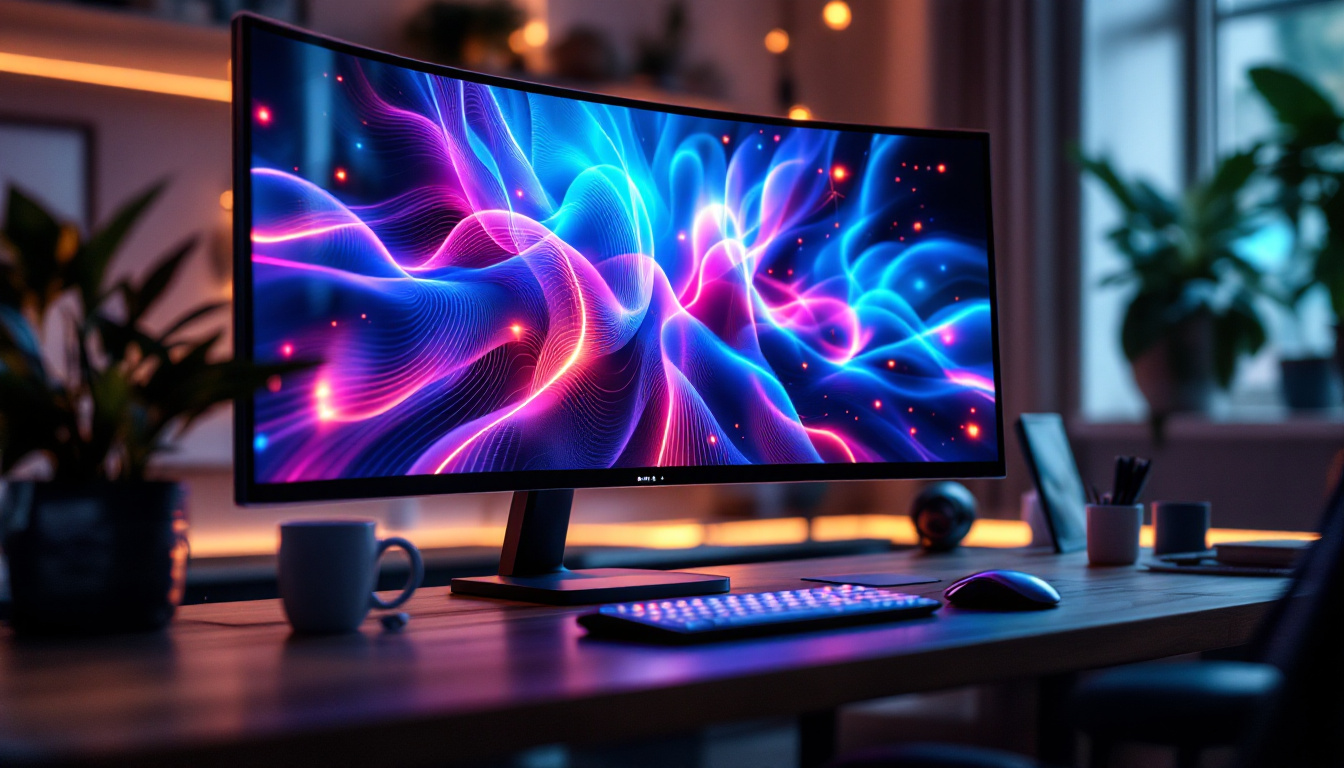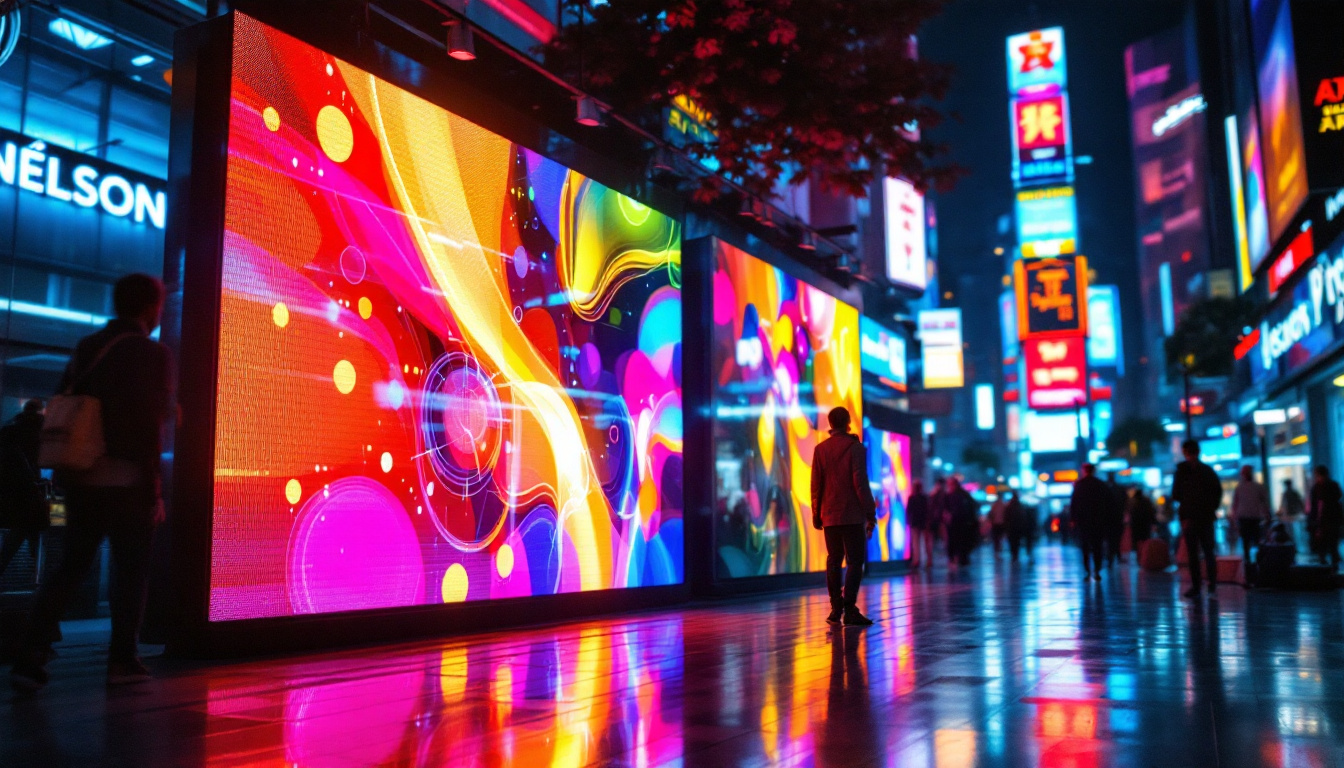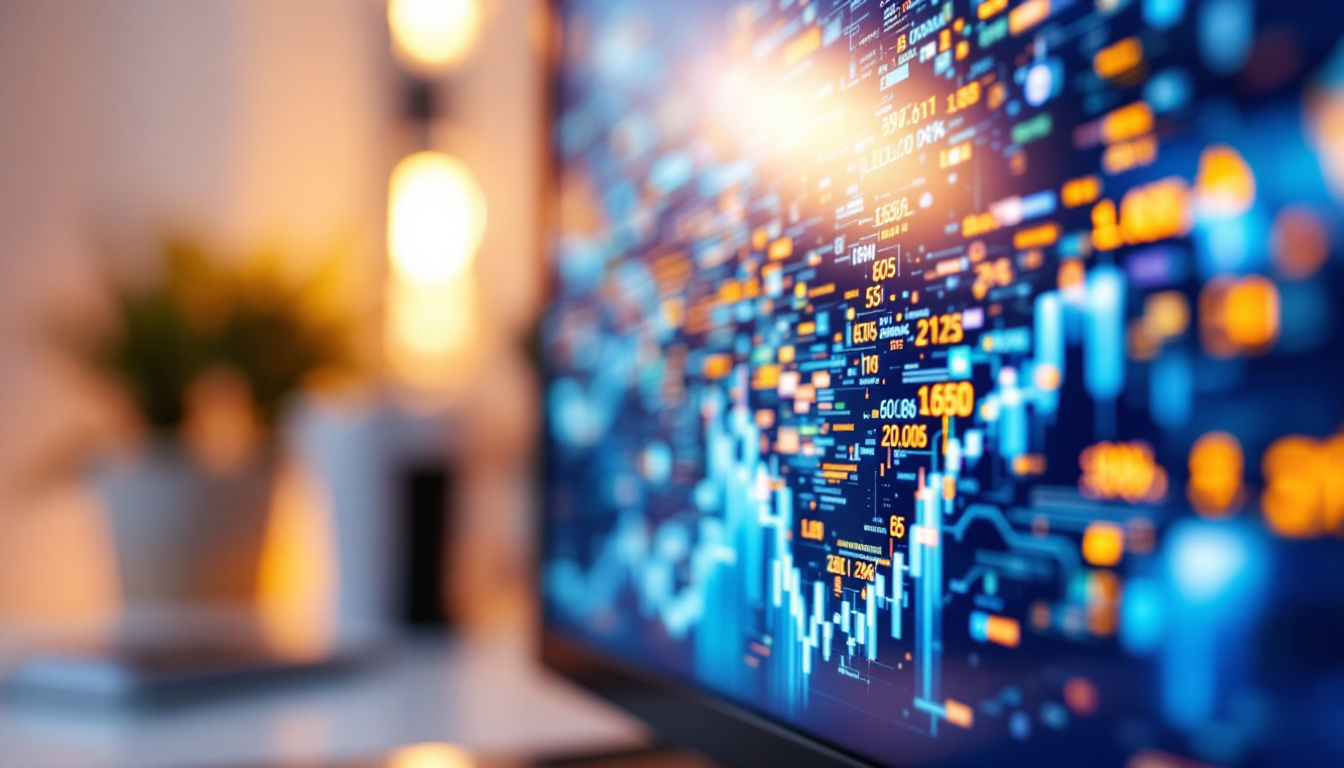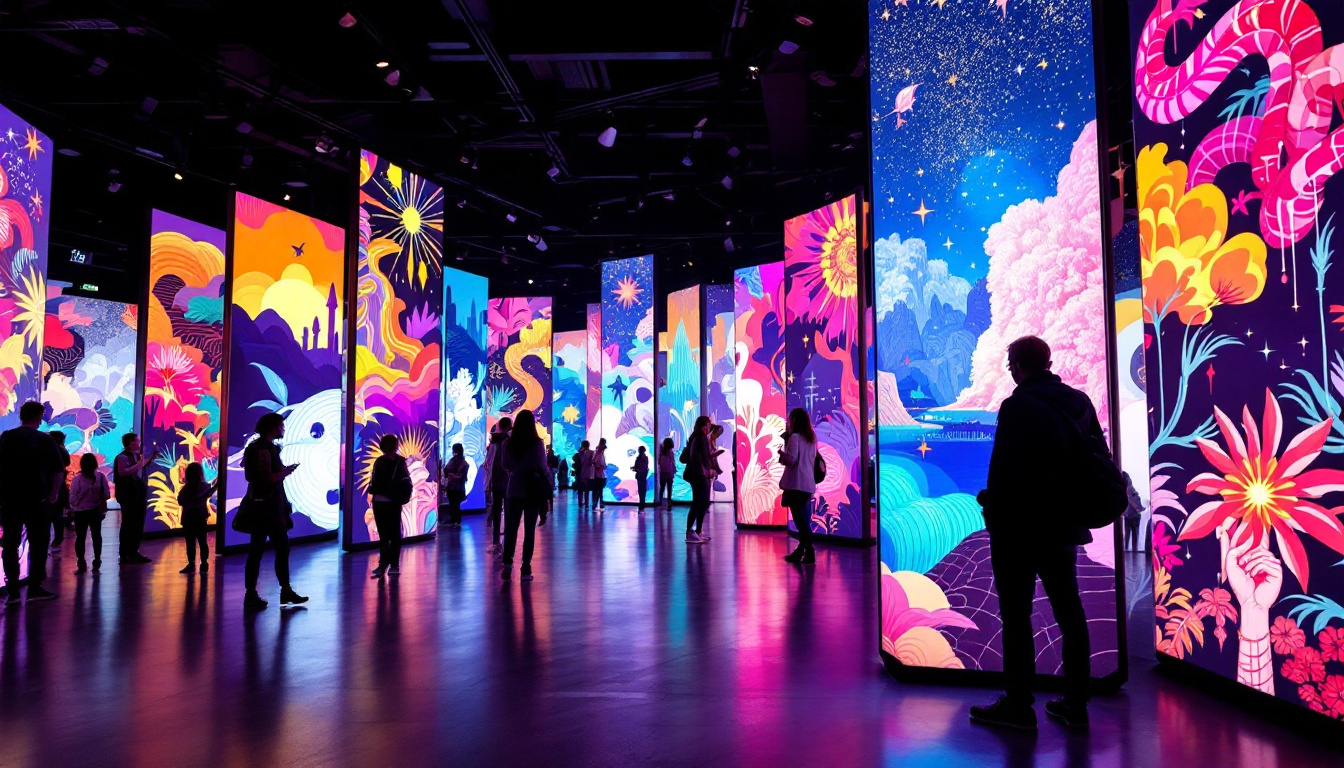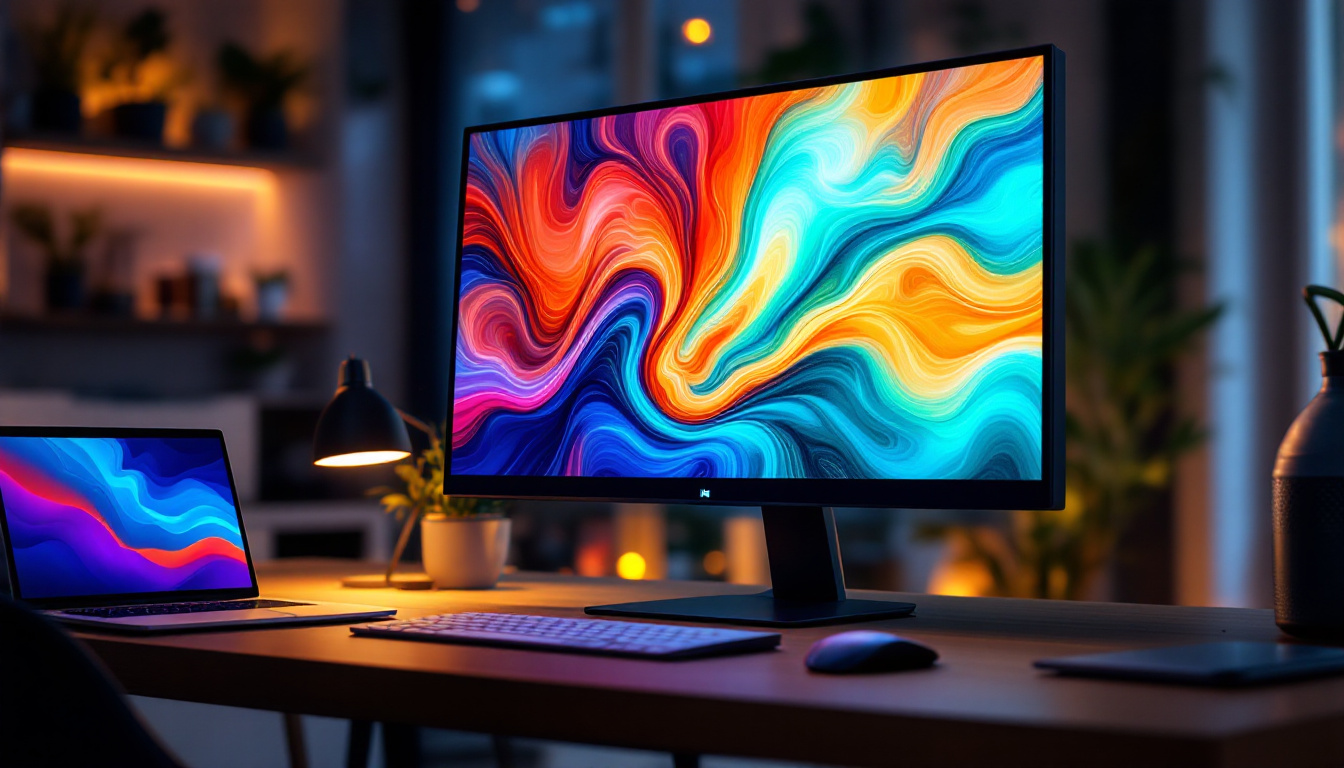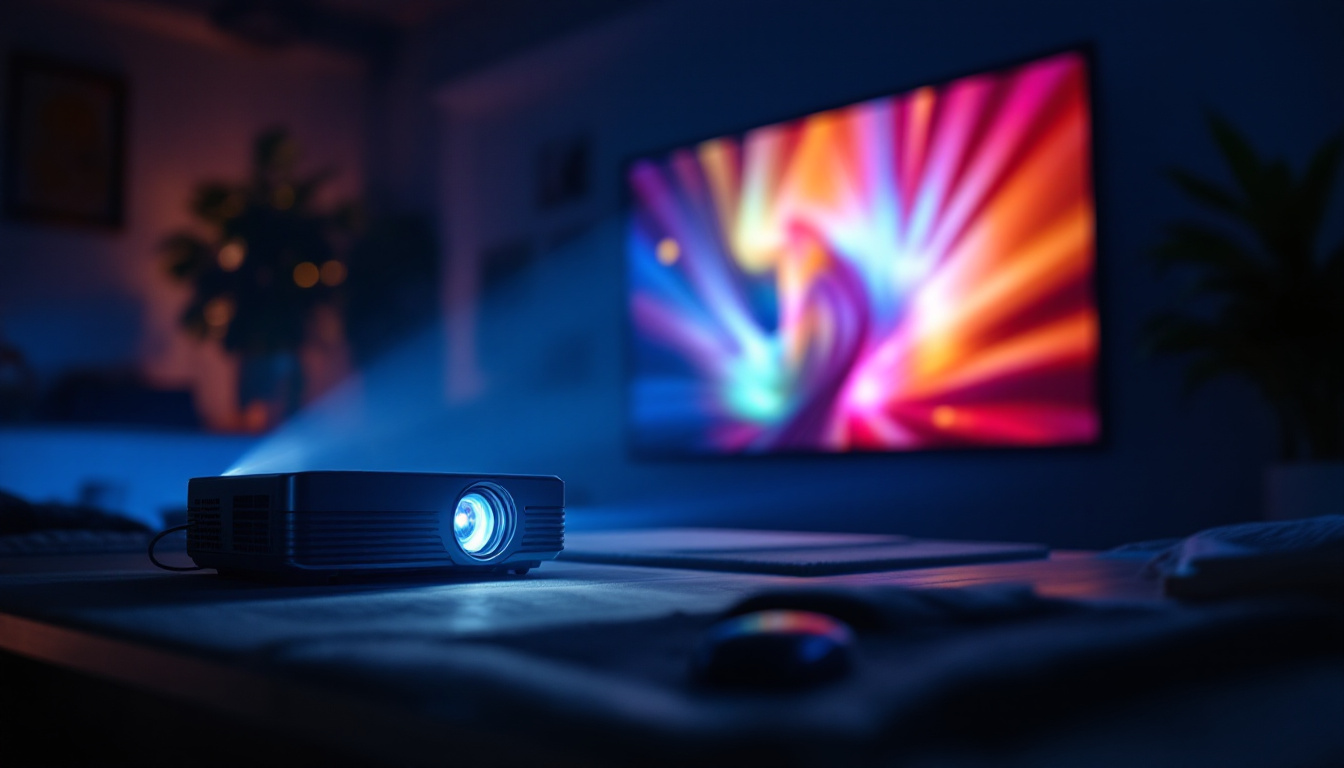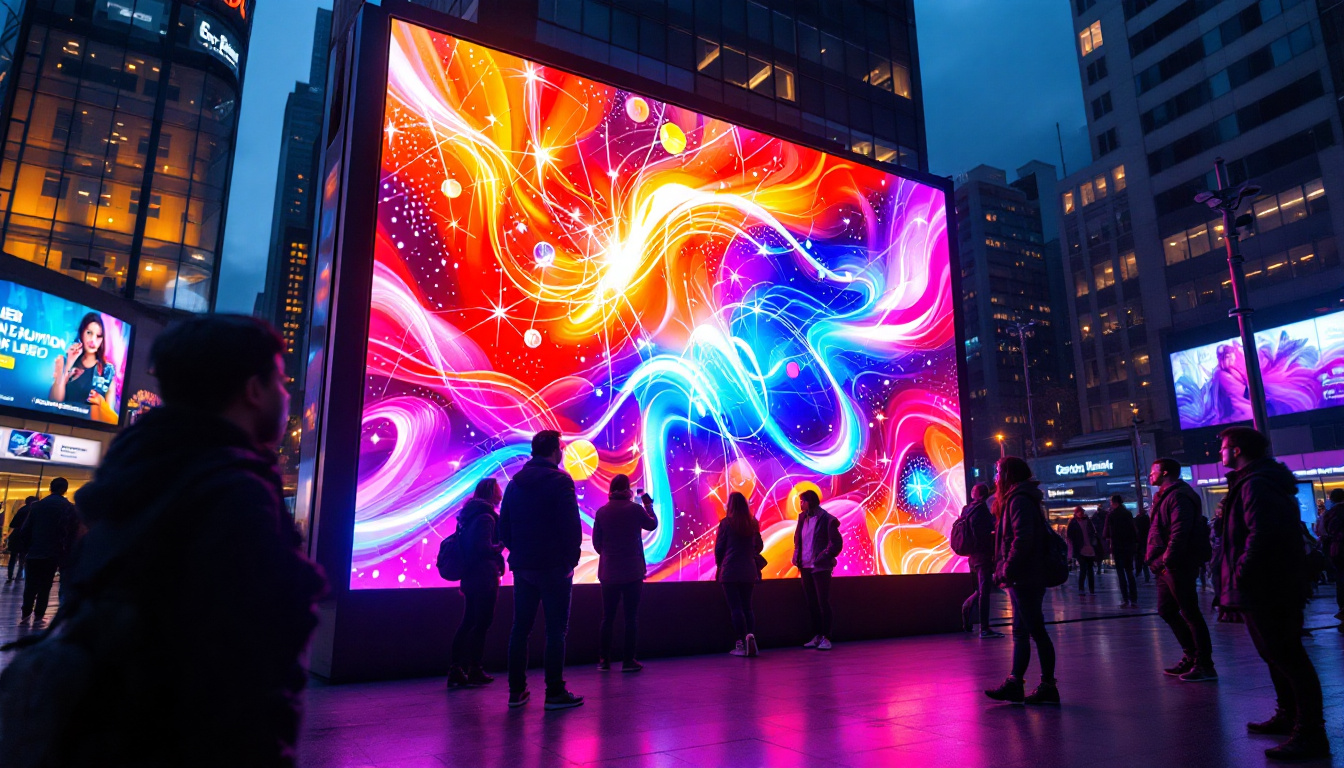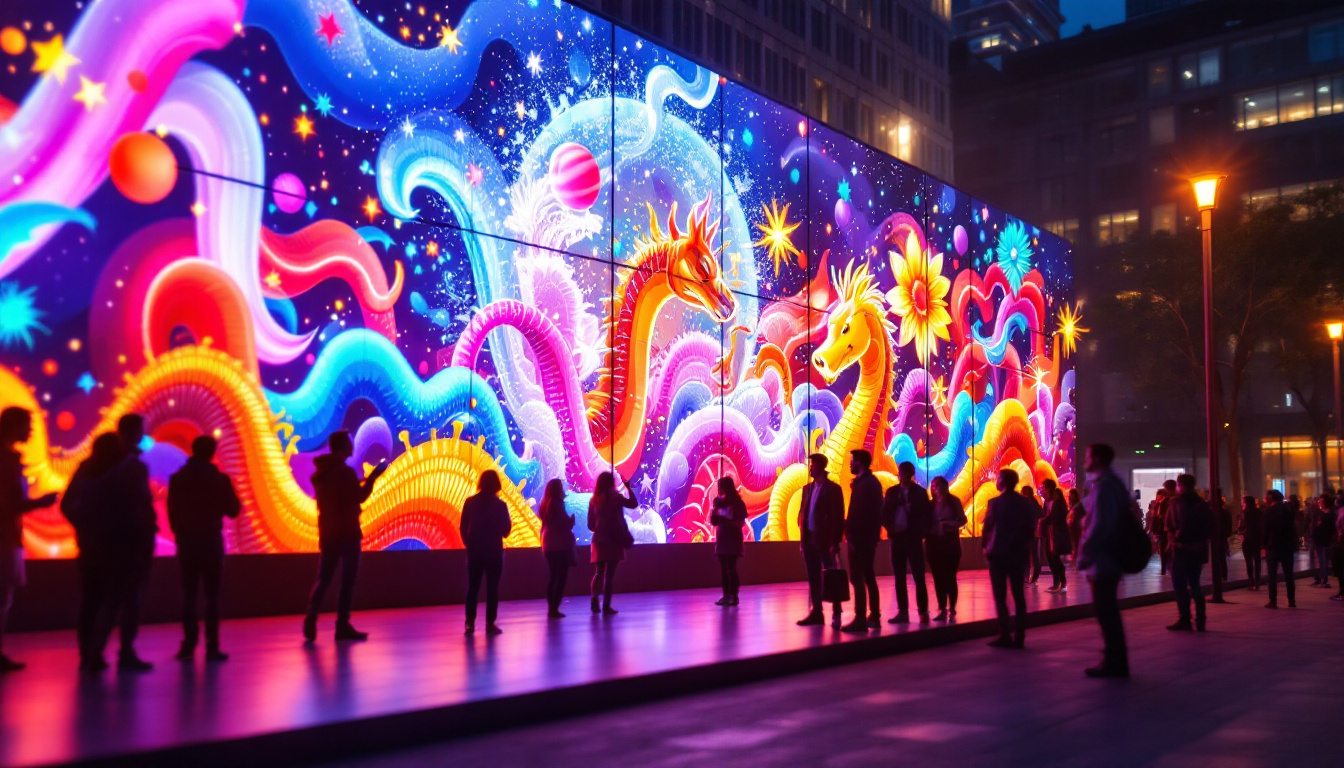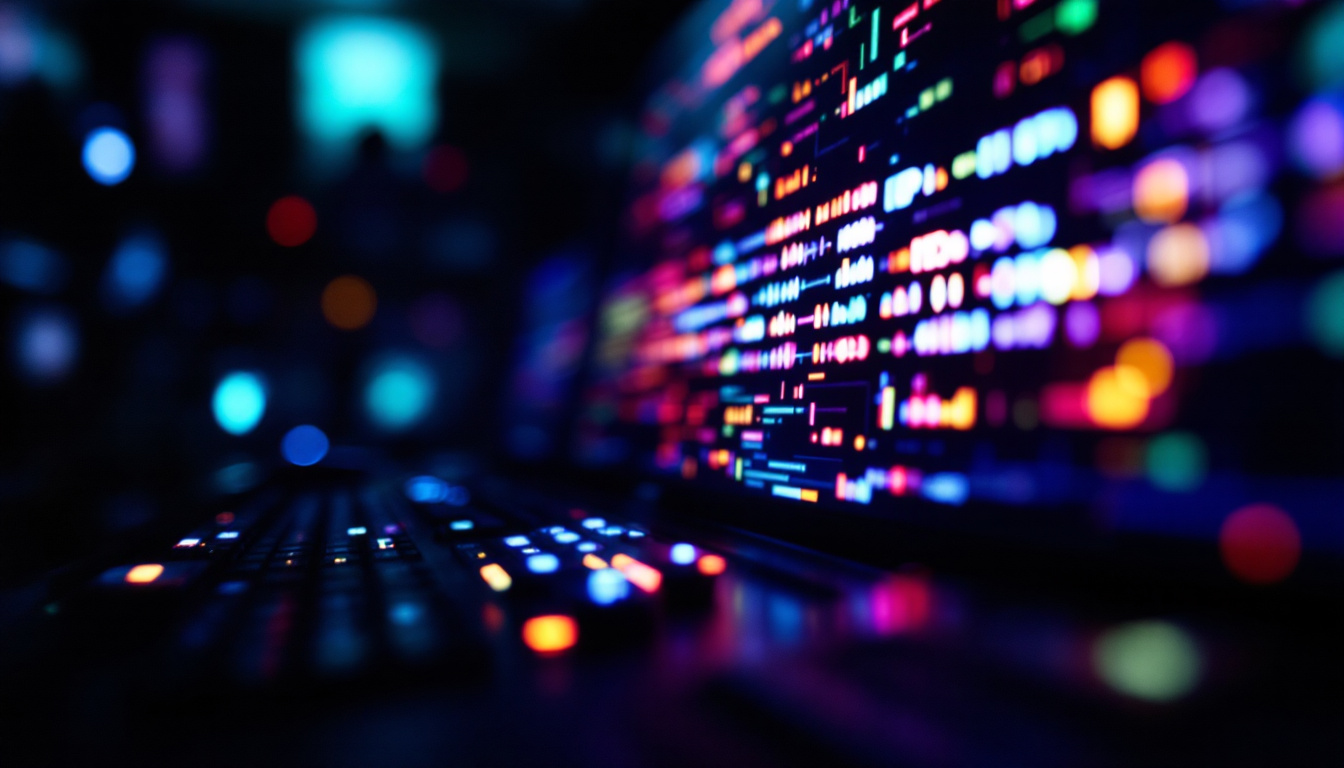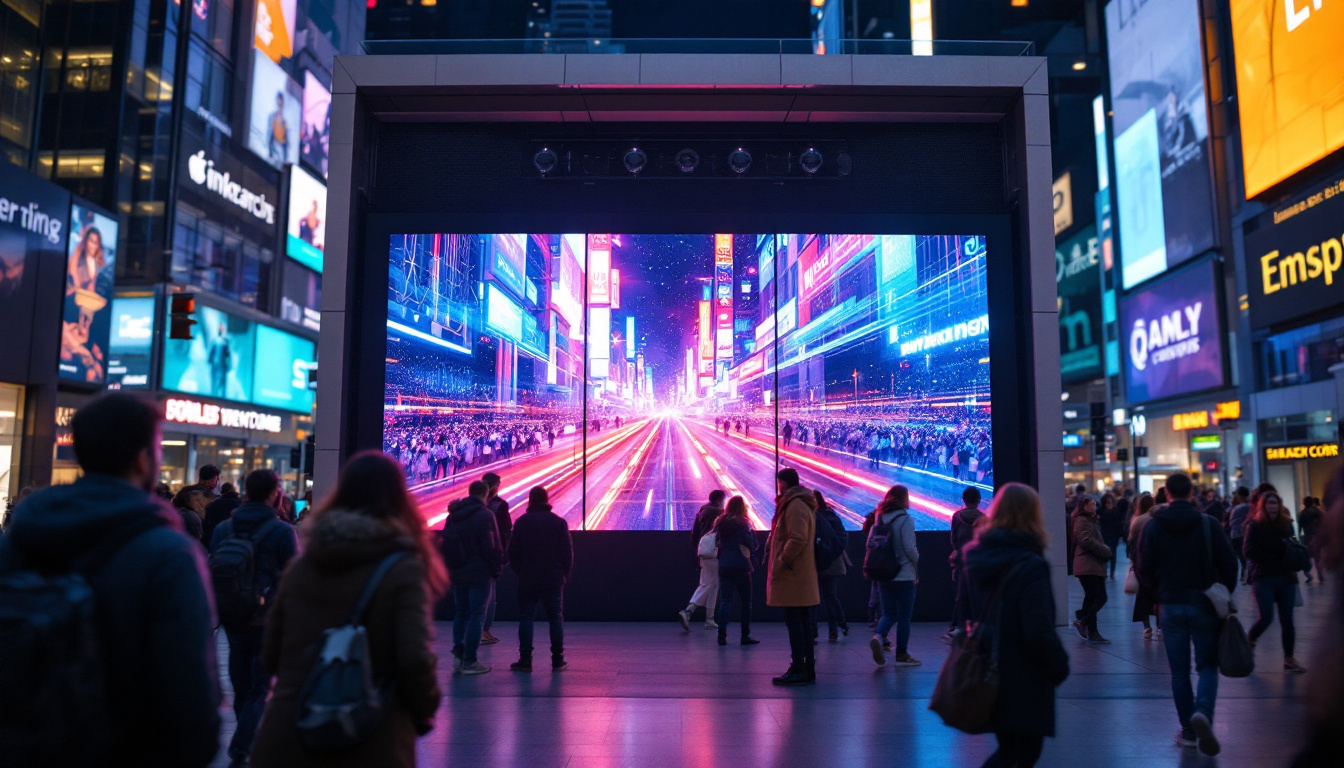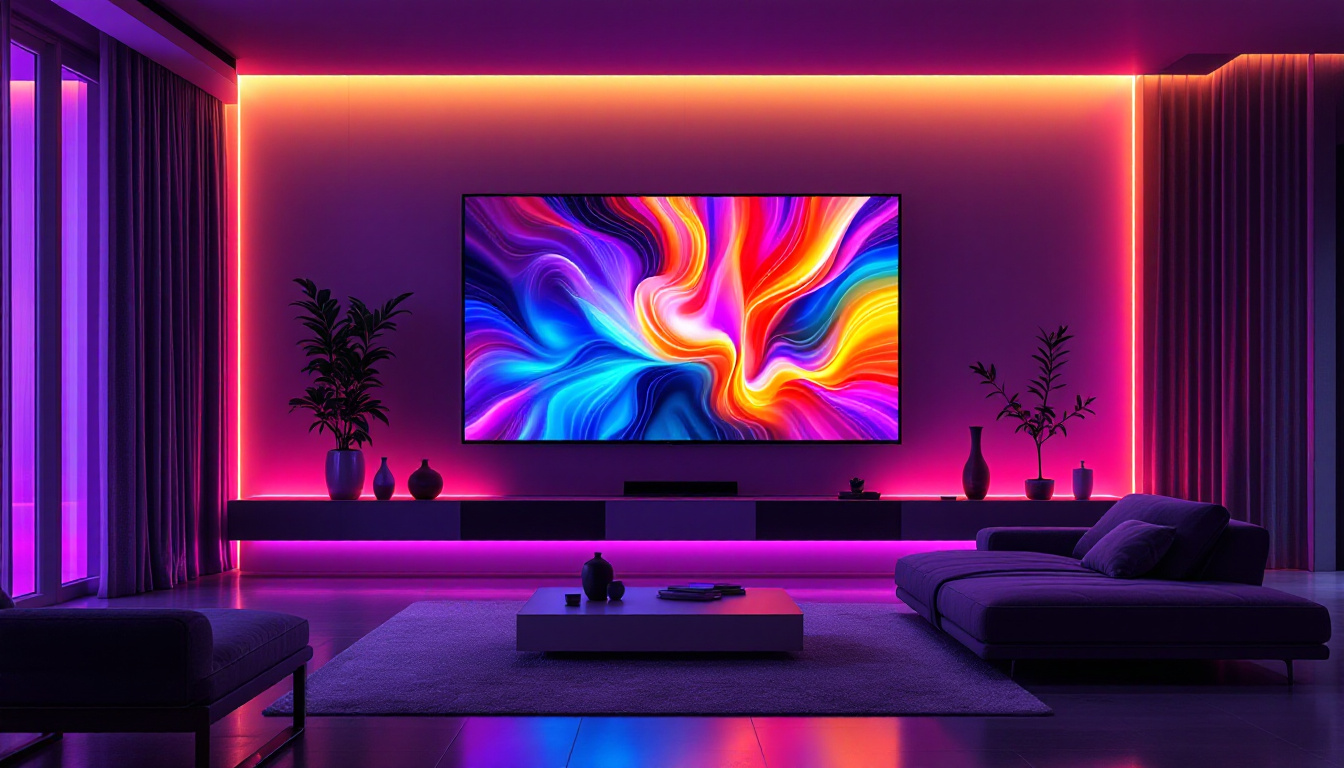In the realm of modern technology, LED displays have emerged as a cornerstone of visual communication. From smartphones to large-scale advertising billboards, the versatility and efficiency of LED technology have revolutionized the way information is presented. This article delves into the intricacies of LED displays, exploring their functionality, applications, and advantages.
Understanding LED Technology
LED, or Light Emitting Diode, is a semiconductor device that emits light when an electric current passes through it. This technology has evolved significantly since its inception, leading to the development of various types of LED displays that cater to different needs and environments. The versatility of LED technology has made it a cornerstone in modern lighting and display solutions, impacting everything from home electronics to large-scale advertising installations.
The Basics of LED Functionality
At its core, an LED display consists of numerous tiny light sources, each capable of producing a range of colors. By combining these colors in various intensities, LED displays can create a full spectrum of hues, allowing for vibrant and dynamic images. The fundamental principle behind LED technology is electroluminescence, which occurs when electrons recombine with holes in a semiconductor material, releasing energy in the form of light. This process is not only efficient but also allows for a longer lifespan compared to traditional incandescent bulbs, making LEDs a more sustainable choice for consumers.
LED displays can be categorized into two main types: passive and active matrix. Passive matrix displays use a grid of conductors to control the lighting of each pixel, while active matrix displays utilize a transistor for each pixel, allowing for more precise control and faster refresh rates. This distinction is crucial for understanding the performance and application of different LED displays. Moreover, the advancements in technology have led to the development of features like dimming capabilities and color calibration, which enhance the viewing experience and allow for more tailored applications in various settings, from home theaters to professional studios.
Types of LED Displays
LED displays come in various forms, each designed for specific applications. Common types include:
- Direct View LED Displays: These displays are made up of individual LED modules that can be arranged to create large screens. They are commonly used for outdoor advertising and large events, where visibility from a distance is crucial. The modular design allows for easy scaling and customization, making them ideal for everything from concert backdrops to sports arenas.
- LED Backlit Displays: Often found in televisions and computer monitors, these displays use LEDs to illuminate an LCD panel, enhancing brightness and color accuracy. This technology has revolutionized the way we experience visual media, providing sharper images and more vibrant colors compared to traditional backlighting methods.
- Organic LED (OLED) Displays: A more advanced form of LED technology, OLED displays use organic compounds to emit light, resulting in deeper blacks and higher contrast ratios. This technology has gained popularity in high-end televisions and smartphones due to its ability to produce stunning visuals with energy efficiency. Additionally, OLED displays are thinner and more flexible than their LED counterparts, allowing for innovative designs in consumer electronics.
As the demand for energy-efficient and high-quality display solutions continues to grow, the LED technology landscape is constantly evolving. Innovations such as microLED and miniLED are emerging, promising even greater performance and efficiency. These advancements not only enhance the visual experience but also contribute to reducing energy consumption and environmental impact, aligning with global sustainability goals. The future of LED technology is bright, with endless possibilities for applications across various industries.
Applications of LED Displays
The versatility of LED displays allows them to be utilized across a wide range of industries. Their applications are not only limited to advertising but extend to various sectors that require effective visual communication.
Advertising and Marketing
One of the most prominent uses of LED displays is in advertising. Large outdoor LED billboards can capture the attention of passersby with bright, dynamic content that can be easily updated. This flexibility allows businesses to promote sales, events, or new products in real-time, maximizing their marketing impact.
Moreover, indoor LED displays are increasingly used in retail environments, enhancing customer engagement by showcasing promotions and interactive content. These displays can be strategically placed to guide customers through a store, improving the overall shopping experience.
Entertainment and Events
In the entertainment sector, LED displays play a pivotal role in concerts, festivals, and sporting events. They provide high-resolution visuals that enhance the audience’s experience, often used for live video feeds, graphics, and animations. The ability to create large, immersive displays has transformed how events are presented, making them more engaging and visually appealing.
Additionally, LED screens are commonly utilized in theaters and cinemas, providing vibrant visuals that enhance storytelling. The technology’s ability to deliver high contrast and brightness levels makes it ideal for captivating audiences in dark environments.
Corporate and Educational Use
LED displays are also making their mark in corporate and educational settings. In conference rooms, large LED screens can be used for presentations, video conferencing, and collaborative work, ensuring that all participants can see the content clearly. Their ability to display high-quality images and videos makes them an essential tool for effective communication.
In educational institutions, LED displays are increasingly used in classrooms and auditoriums. They facilitate interactive learning experiences, allowing educators to present multimedia content that engages students and enhances comprehension.
Advantages of LED Displays
The rise in popularity of LED displays can be attributed to several advantages they offer over traditional display technologies. Understanding these benefits is crucial for businesses and individuals considering an investment in LED technology.
Energy Efficiency
One of the most significant advantages of LED displays is their energy efficiency. Compared to traditional incandescent or fluorescent displays, LEDs consume significantly less power. This not only reduces electricity costs but also contributes to a lower carbon footprint, making LED displays an environmentally friendly choice.
Furthermore, the long lifespan of LED technology means that replacements are less frequent, resulting in additional cost savings over time. Many LED displays can last up to 100,000 hours, far surpassing the lifespan of traditional display technologies.
Brightness and Visibility
LED displays are known for their exceptional brightness, making them suitable for various lighting conditions. Whether in direct sunlight or dimly lit environments, LED displays maintain visibility and clarity. This characteristic is particularly important for outdoor advertising, where competing with natural light is a challenge.
The high contrast ratios offered by LED technology also enhance image quality, providing deeper blacks and more vibrant colors. This capability is essential for applications requiring precise color reproduction, such as digital signage and video production.
Versatility and Customization
LED displays are incredibly versatile, allowing for a wide range of sizes, shapes, and configurations. This adaptability makes them suitable for various applications, from small indoor screens to massive outdoor billboards. Additionally, LED technology can be integrated into different formats, such as curved or flexible displays, enabling creative installations that captivate audiences.
Customization options also extend to content management. Many LED displays come equipped with software that allows users to easily update and schedule content, ensuring that messages remain relevant and engaging. This flexibility is a significant advantage for businesses looking to maintain a dynamic presence in their respective markets.
Challenges and Considerations
While LED displays offer numerous benefits, there are challenges and considerations that potential users should keep in mind. Understanding these factors can help in making informed decisions regarding the implementation of LED technology.
Initial Investment Costs
One of the primary challenges associated with LED displays is the initial investment cost. Although prices have decreased over the years, high-quality LED displays can still require a significant upfront expenditure. Businesses must weigh this cost against the potential long-term savings and benefits that LED technology can provide.
It is essential to conduct a thorough cost-benefit analysis before making a purchase. Factors such as energy savings, maintenance costs, and the expected lifespan of the display should all be considered to determine the overall return on investment.
Technical Expertise and Maintenance
Another consideration is the need for technical expertise when installing and maintaining LED displays. While many manufacturers provide support and guidance, having in-house technical knowledge can be beneficial for troubleshooting and routine maintenance. This is particularly important for large-scale installations where downtime can result in significant revenue loss.
Regular maintenance is crucial to ensure optimal performance and longevity. Dust, dirt, and environmental factors can affect the display’s brightness and color accuracy, necessitating periodic cleaning and servicing.
The Future of LED Displays
The future of LED displays looks promising, with ongoing advancements in technology paving the way for even more innovative applications. As the demand for high-quality visual communication continues to grow, manufacturers are exploring new possibilities that enhance the capabilities of LED displays.
Emerging Technologies
One area of focus is the development of MicroLED technology, which promises to deliver even higher resolutions and improved color accuracy. MicroLED displays consist of tiny individual LEDs that can be controlled independently, allowing for greater flexibility in design and functionality.
Additionally, advancements in flexible and transparent LED displays are opening new avenues for creative installations. These technologies enable displays to be integrated into various surfaces, such as windows and walls, creating immersive environments that blend seamlessly with their surroundings.
Integration with Smart Technology
As the world becomes increasingly connected, the integration of LED displays with smart technology is becoming more prevalent. This includes the use of IoT (Internet of Things) devices that allow for remote monitoring and control of display content. Such integration enhances the user experience, enabling real-time updates and data-driven content management.
Furthermore, the incorporation of artificial intelligence (AI) into LED display systems is set to revolutionize content delivery. AI can analyze audience behavior and preferences, allowing for personalized and targeted messaging that resonates with viewers.
Conclusion
LED displays have transformed the landscape of visual communication, offering unparalleled brightness, energy efficiency, and versatility. Their applications span various industries, from advertising to education, making them an essential tool for effective information dissemination.
While challenges such as initial investment costs and maintenance requirements exist, the long-term benefits of LED technology often outweigh these concerns. As advancements continue to shape the future of LED displays, businesses and individuals alike can look forward to a world where visual communication is more engaging, dynamic, and impactful than ever before.
In conclusion, understanding the intricacies of LED displays is crucial for anyone looking to leverage this technology effectively. With their ability to captivate audiences and convey messages powerfully, LED displays are undoubtedly a vital component of modern communication strategies.
Discover LumenMatrix LED Display Solutions
Ready to elevate your visual communication with the latest in LED technology? Look no further than LumenMatrix, a pioneer in crafting LED displays that bring your content to life. Whether you’re in need of an Indoor LED Wall Display, a vibrant Outdoor LED Wall Display, a mobile Vehicle LED Display, or any of our other innovative solutions like LED Sports Displays and Custom LED Displays, LumenMatrix has the state-of-the-art modules to enhance your brand’s presence. Experience the future of dynamic and engaging digital signage with our All-in-One LED Display or LED Transparent Display. Don’t miss the opportunity to transform your visual storytelling. Check out LumenMatrix LED Display Solutions and start making an impact today.

